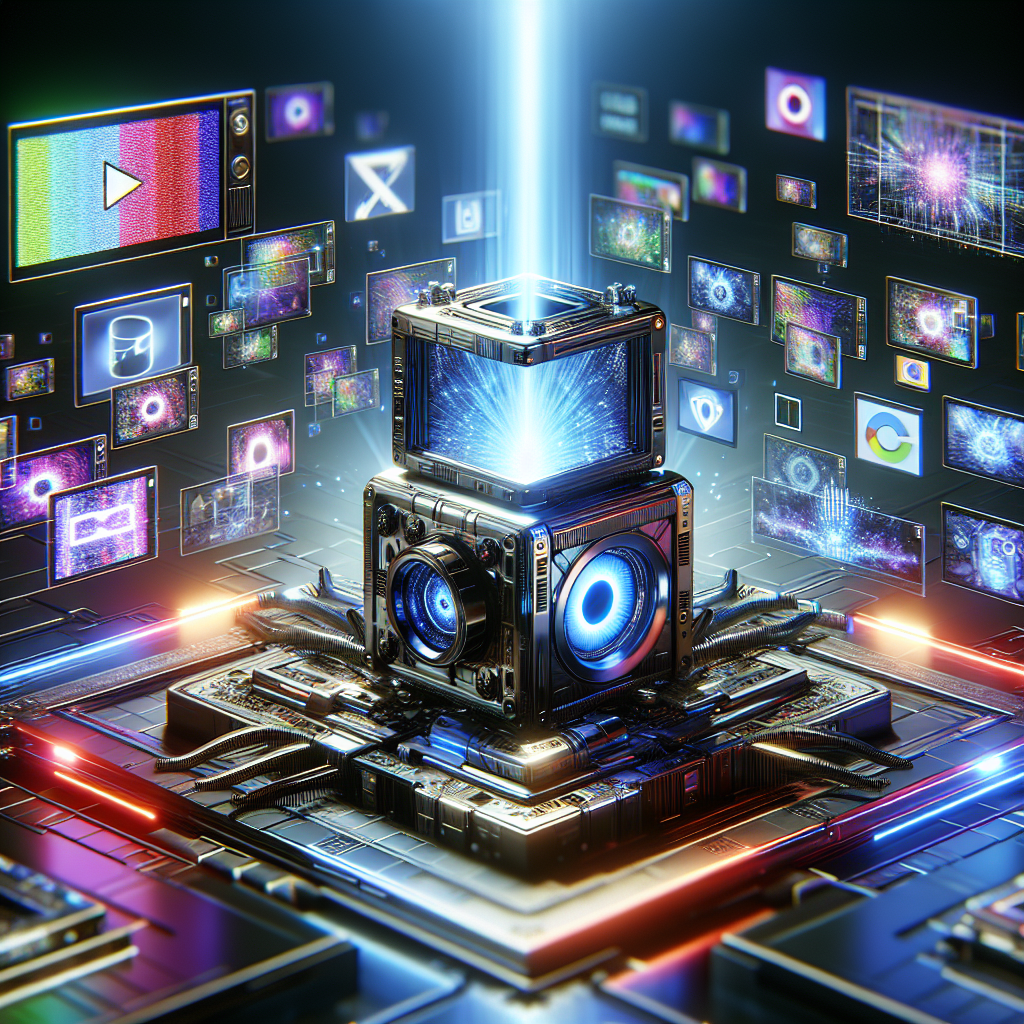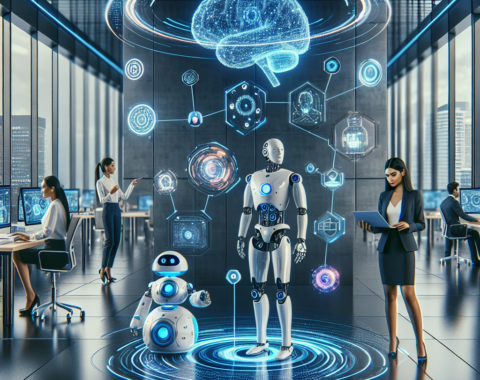
Meta Challenges OpenAI and Google with New AI Video Generator
In a groundbreaking move that could reshape the landscape of artificial intelligence (AI), Meta has launched an innovative AI video generator. As competition in the AI field intensifies, Meta’s latest offering is set to challenge industry giants such as OpenAI and Google. This article delves into Meta’s new AI-driven tool, its potential impacts, and the dynamics of the high-stakes AI race.
Understanding Meta’s AI Video Generator
Meta’s AI video generator is not just another addition to the company’s robust suite of AI tools—it represents a shift in what’s possible with automated content creation. Leveraging cutting-edge technology, this tool provides users with the capability to generate high-quality videos with minimal human intervention.
Key Features of Meta’s Video Generator
The AI video generator by Meta comes packed with several noteworthy features that distinguish it from previous attempts at AI-driven video creation:
- Seamless Integration: This tool can be easily integrated with existing Meta platforms, enhancing user experience through consistency and accessibility.
- High-Resolution Output: The generator produces crystal-clear video output, matching the high standards that consumers expect in an era of ultra-HD content.
- Real-time Editing: Users can make adjustments on-the-fly with intuitive controls, allowing for greater customization and personalization of video content.
- AI-Powered Dynamic Narration: Leveraging machine learning, the tool automatically suggests and incorporates voiceovers and subtitles, making videos more appealing and accessible to global audiences.
The Technological Advancement Behind the Tool
Meta’s foray into AI video generation relies on advanced machine learning techniques, including Generative Adversarial Networks (GANs). These are the backbone of the generator, allowing it to create realistic and detailed video content.
GANs in Video Generation
GANs are particularly suited for video generation because:
- They Utilize Two Neural Networks: Working in tandem, one network generates video frames while the other assesses their quality, iteratively improving the output.
- Adaptability: GANs adjust to a variety of styles and content types, ensuring diverse and genre-specific video outputs that cater to different themes and audiences.
- Dynamic Learning: Unlike static systems, GANs improve over time, learning from previous outputs to enhance future performance.
Implications for the Industry
Meta’s leap into AI video technology signals a significant shift in the industry, with far-reaching implications for creators, consumers, and competitors.
Impact on Content Creators
Content creators stand to gain immensely from this technology, with new opportunities to produce high-quality video without substantial investment in time or resources:
- Increased Output: Creators can generate content faster, meeting the growing demand for video across platforms.
- Cost Efficiency: The tool reduces the need for expensive equipment and large production teams.
- Creative Freedom: With AI handling technical aspects, creators can focus more on innovating and storytelling.
Consumer Experience Enhancement
For consumers, this technology promises enriched content consumption experiences:
- Personalized Content: By analyzing viewing preferences, AI can tailor content types for individual viewers, increasing engagement.
- Better Accessibility: Dynamic narration and subtitling make videos accessible to a wider audience, including those with hearing impairments.
- Expanded Choices: With more creators entering the space, consumers can access a wider array of video content.
Competitive Dynamics: Meta vs. OpenAI and Google
Meta’s entry into AI video generation heats up competition with companies like OpenAI and Google, both renowned for their groundbreaking advancements in AI technologies.
Comparative Analysis
While Meta focuses on video, OpenAI and Google remain leading forces in general AI capabilities. Here’s how Meta’s initiative compares:
- OpenAI: Known for its transformative language models, OpenAI has been influential in automating tasks that require understanding and generating human-like text.
- Strengths: Text analysis, natural language processing.
- Challenges: Transitioning strengths in language to video content.
- Google: A pioneer in machine learning, Google’s AI efforts span across search, image recognition, and voice processing.
- Strengths: Integrating AI across a plethora of services, creating a cohesive ecosystem.
- Challenges: Balancing AI innovation with ethical considerations and user privacy.
Meta’s Unique Proposition
Meta’s primary advantage lies in its existing social media platforms, providing a built-in audience for its AI-generated content. This native integration not only fosters adoption but also provides a robust testing ground for iterative improvements.
The Future of AI Video Generation
As Meta squares off with OpenAI and Google, the future trajectory of AI video generation could redefine multimedia content creation. Several trends are likely to shape this evolving space:
Trends to Watch
- AI Ethics: As video generation becomes more common, ethical concerns about deepfakes and authenticity will require proactive approaches from all players in the industry.
- Collaborative Innovation: Cross-industry partnerships could lead to better technology, combining strengths from different sectors.
- Inclusivity Focus: Enhanced focus on creating accessible content could open new markets and democratize video content creation.
Conclusion
Meta’s new AI video generator marks a pivotal moment in the AI industry. By directly challenging the capabilities of established leaders like OpenAI and Google, Meta aims to push the boundaries of what AI can achieve in content creation. As this technology continues to evolve, it promises not only to reshape industry standards but also to empower creators and enrich consumer experiences across the globe.




